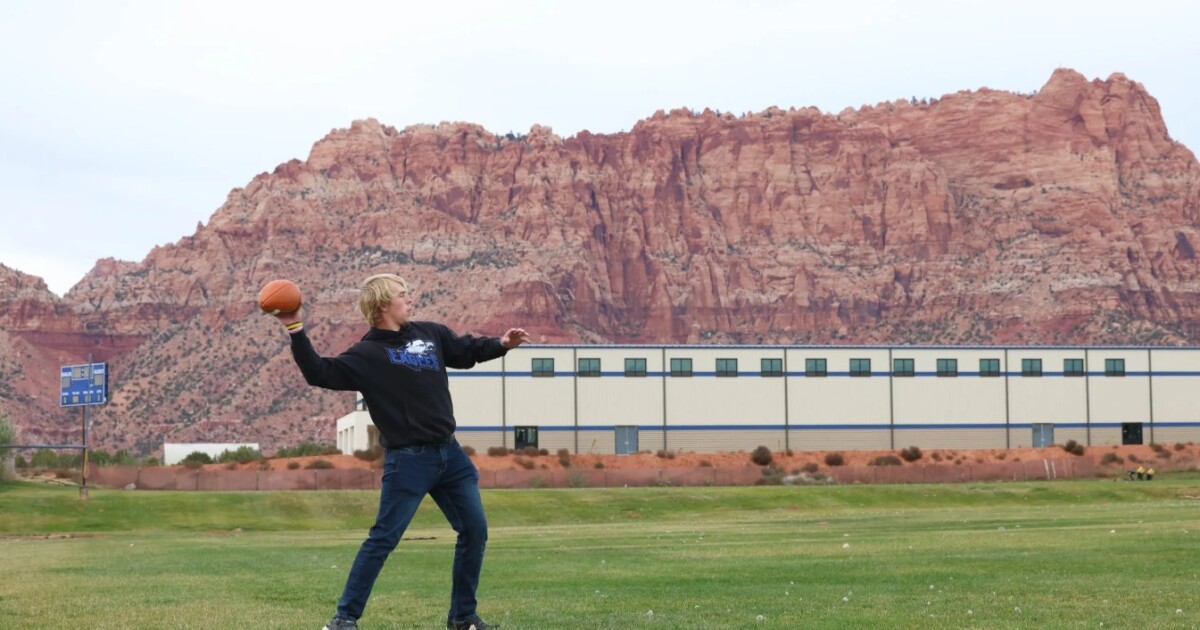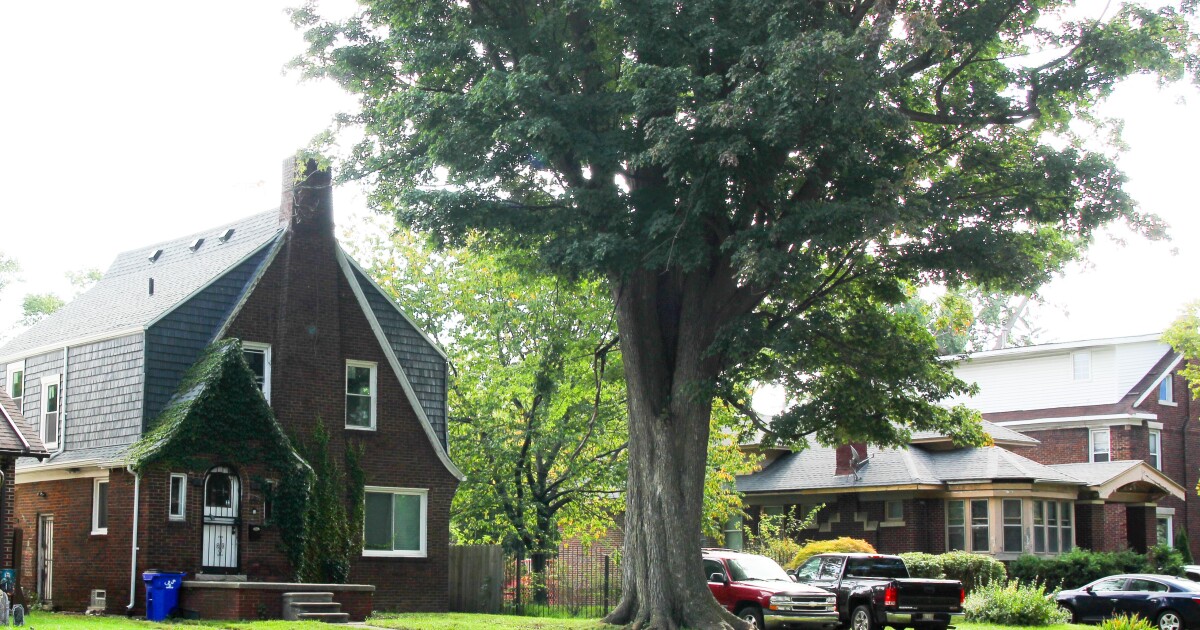Recent developments have reignited the debate over the authority of the U.S. President to revoke national monuments, following a legal opinion from the Justice Department. This opinion suggests that the Trump administration holds the power to rescind monuments established by previous administrations under the Antiquities Act, a move which could have significant implications for protected lands nationwide.
The Justice Department’s legal stance, released on Tuesday, contradicts a 1938 opinion that presidents lack the authority to undo monument designations. This new interpretation aligns with the Trump administration’s focus on boosting U.S. energy production by reassessing the status of national monuments. Among those potentially affected are two California sites, established during the final days of the Obama administration at the request of Native American tribes.
Senator Martin Heinrich of New Mexico, the senior Democrat on the Senate Natural Resources Committee, criticized the move, accusing the Trump administration of attempting to dismantle national monuments. During his first term, Trump notably reduced Bears Ears and Grand Staircase Escalante National Monuments in Utah, labeling them as “massive land grabs.” Additionally, he removed fishing restrictions in a marine monument off the New England Coast—a decision later reversed by President Joe Biden.
The newly targeted monuments include the Chuckwalla National Monument, adjacent to Joshua Tree National Park in Southern California, and the Sáttítla Highlands National Monument, near the California-Oregon border. Both were protected by Biden to prevent oil, gas, and mining ventures. The Chuckwalla site covers 624,000 acres and features significant natural attractions such as the Painted Canyon and Alligator Rock, while the Sáttítla Highlands encompasses ancestral lands of the Pit River Tribe and Modoc Peoples.
The Antiquities Act of 1906 has been a vital tool for presidents to conserve unique landscapes and cultural resources, with nearly half of U.S. national parks beginning as monuments. However, critics argue that recent expansions under Biden and Obama have overreached, obstructing mineral extraction vital to the economy.
Deputy Assistant Attorney General Lanora Pettit, in a Trump administration opinion, asserted that Biden’s monument protections serve as political symbols rather than genuine conservation efforts. “Such activities are entirely expected in a park, but they are wholly unrelated to (if not outright incompatible with) the protection of scientific or historical monuments,” Pettit stated.
Environmental groups contest the Justice Department’s opinion, arguing it does not grant Trump unfettered power to alter monuments. “Americans overwhelmingly support our public lands and oppose seeing them dismantled or destroyed,” commented Axie Navas from The Wilderness Society.
Since 1912, more than a dozen monument proclamations have been reduced by presidents, with Dwight Eisenhower being the most active in this regard. His actions included the reduction of sites such as Arches and Great Sand Dunes, which have since attained national park status. Trump’s reductions in Utah sparked legal challenges from environmental advocates concerned about the impact on water supplies, wildlife, and cultural sites. These reductions were reversed by Biden, although the legal case remains unresolved.
The Antiquities Act, enacted by President Theodore Roosevelt, was a response to concerns from educators and scientists about artifact looting and unregulated collecting. It marked the first U.S. legislation designed to protect historical or scientific resources on federal lands.
In a related legal battle, Republican lawmakers from Arizona are seeking an appeals court to overturn a decision that dismissed their lawsuit aimed at invalidating the Baaj Nwaavjo I’tah Kukveni–Ancestral Footprints of the Grand Canyon National Monument.
—
Read More Arizona News










